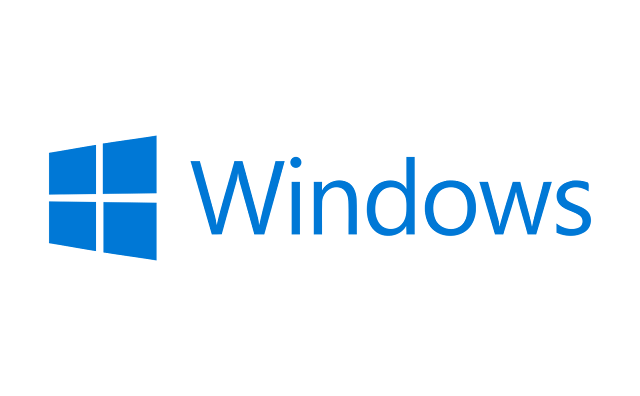This is only of interest to people who are into Stack Overflow.
Have you ever wondered why Stack Overflow is exactly the way it is? Here are some insights.
(Note: this presentation violates one of the cardinal rules of presentations, which is to avoid long texts, so here is a tip: ignore every screen that contains a long text, just listen to what Jeff Atwood is saying.)
Note: as I look at him, I can't help but think that all he is missing is the upward curved tie, i.e. he has to be the real-life person after whom Dilbert was fashioned.










